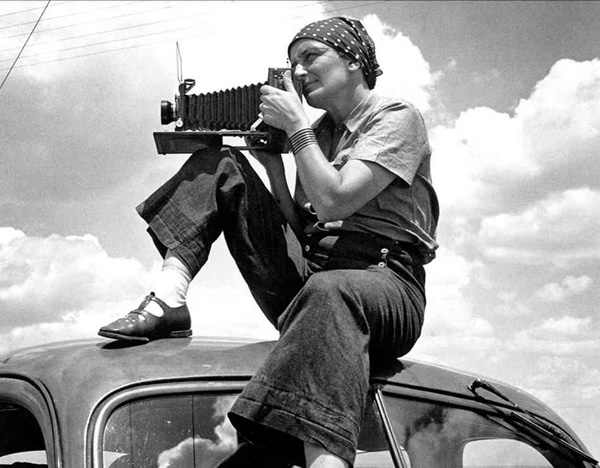Dorothea Lange was a pioneering documentary photographer whose powerful images captured the struggles and resilience of American life during the Great Depression and beyond. Her work continues to inspire and provoke thought, shedding light on social and economic inequalities that persist to this day to get edit PDF.
Introduction to Dorothea Lange
Dorothea Lange’s life and career are emblematic of the transformative power of photography. Born in Hoboken, New Jersey in 1895, Lange’s early experiences shaped her keen eye for detail and her deep empathy for the human condition. Throughout her career, she used her camera as a tool for social change, documenting the struggles of marginalized communities and advocating for their rights. The documentary film about Dorothea Lange offers viewers a glimpse into her remarkable life and the enduring impact of her photographs.
Early Life and Influences
Dorothea Lange’s journey as a photographer began in her formative years. Raised in a family of German immigrants, Lange was exposed to the immigrant experience and the realities of urban life from an early age. It was during her travels in Europe as a young woman that she first discovered her passion for photography. Inspired by the works of European photographers and artists, Lange returned to the United States determined to pursue a career in photography. After studying photography in New York City and apprenticing with several established photographers, Lange embarked on her own career, blending documentary realism with artistic expression.
Documentary Photography During the Great Depression
Lange’s most enduring legacy is her documentation of the Great Depression, a period of profound social and economic upheaval in the United States. Hired by the Farm Security Administration (FSA) in the 1930s, Lange traveled across the country, capturing the plight of migrant workers, displaced families, and impoverished communities. Her photographs, such as “Migrant Mother,” have become iconic symbols of the era, capturing the dignity and resilience of ordinary people facing extraordinary hardships. Through her lens, Lange gave a voice to the voiceless, shining a light on the human cost of economic inequality and government neglect.
Later Career and Contributions
Beyond the Great Depression, Lange continued to use her photography as a tool for social change. During World War II, she turned her lens to the plight of Japanese Americans interned in relocation camps, documenting their experiences with empathy and compassion. In the post-war years, Lange remained committed to social and political causes, using her platform to advocate for civil rights, labor rights, and other issues of social justice. Despite facing criticism and censorship for her activism, Lange remained steadfast in her commitment to using photography as a force for good.
Legacy and Continued Influence
Dorothea Lange’s impact on documentary photography cannot be overstated. Her photographs continue to resonate with audiences around the world, reminding us of the enduring power of visual storytelling. Today, Lange’s work is preserved and celebrated in museums and galleries across the globe, ensuring that future generations will be inspired by her remarkable vision. As we confront new challenges and inequalities in the 21st century, Lange’s photographs serve as a timeless reminder of the need for compassion, empathy, and social change.




